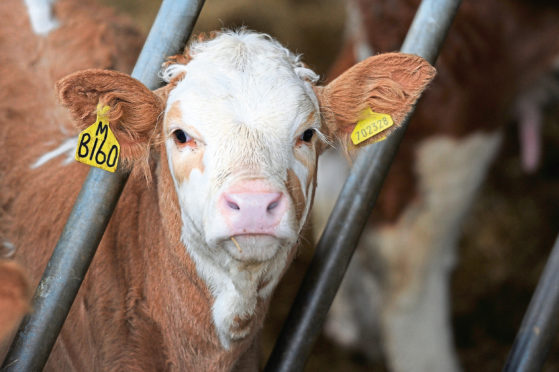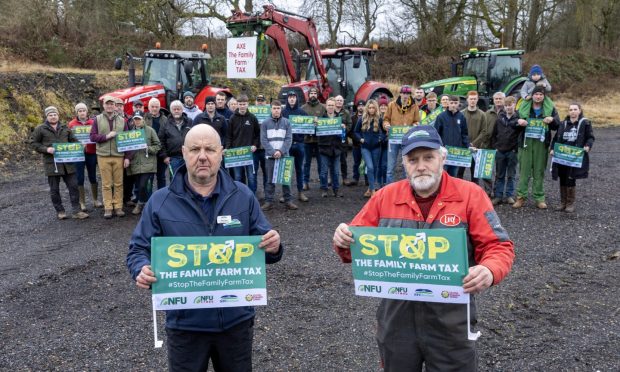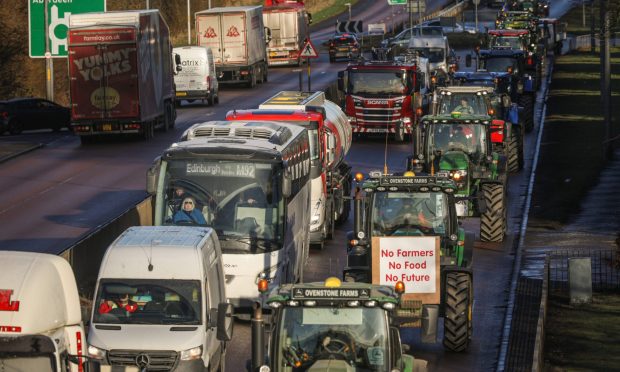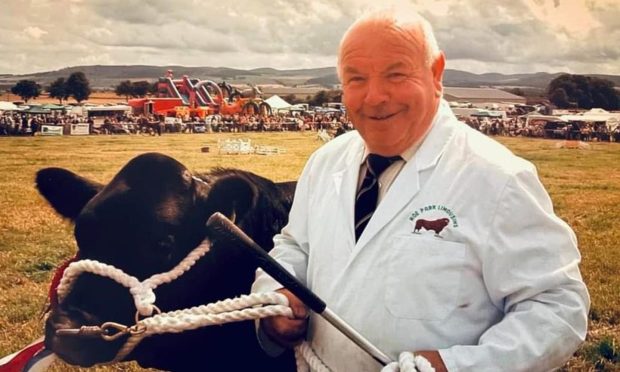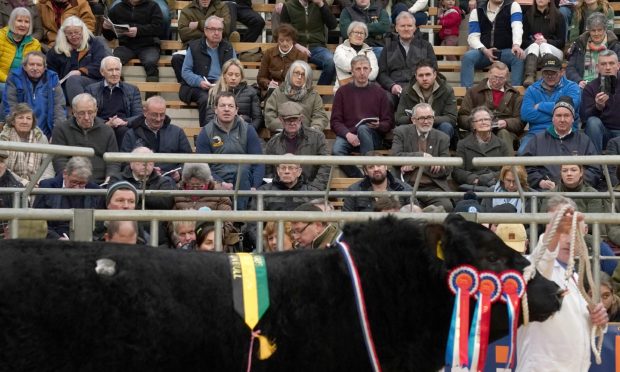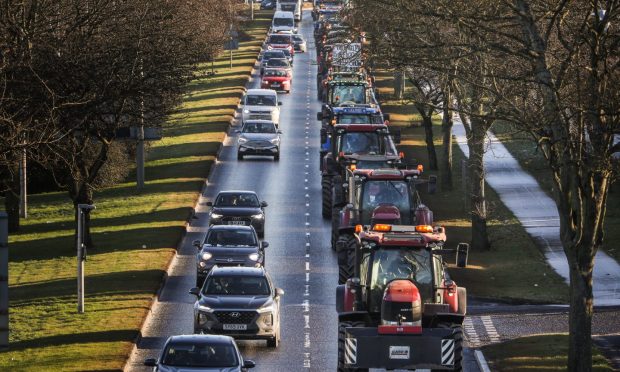There is little indication any breeding herd rebuilding is going on at present, according to the latest market analysis by Quality Meat Scotland (QMS).
With the 2018 UK cow kill at its highest level in a decade and prime heifer slaughterings at their highest level for more than five years, all the figures point to a further tightening of prime beef supplies.
Compiled by Stuart Ashworth, QMS director of economics services, the analysis shows GB calf registrations down by 1.8% in 2018 to their lowest level since 2013, with Scottish calf registrations declining by 2.8%.
Scottish beef sired calf registrations were down 3%.
“This decline comes on the back of a 0.25% fall in 2017, putting Scottish calf registrations at their lowest point since 2013 when the poor weather of 2012 impacted on animal productivity,” said Mr Ashworth.
Based on calf registrations alone, he added, prime beef production is likely to decline in 2019.
However, beef production will also be influenced by the level of heifer retentions for breeding, with current data showing that, over a number of months, there’s been year-on-year increases in the number of prime heifers being slaughtered in British abattoirs.
“In the short-term, therefore, increases in the number of beef heifer registrations would allow for a continued growth in prime beef heifers reaching abattoirs,” said Mr Ashworth.
“This would mitigate any decline in beef production in the short-term but does not indicate any growth in the breeding herd.”
He said that with the beef sector, and all agriculture, facing ambiguity over the terms of business due to the lack of clarity over the Brexit negotiations, it may yet prove that the biggest influence on beef production and farmgate prices in 2019 will be the decisions producers make this year over the future size of their breeding herd.
